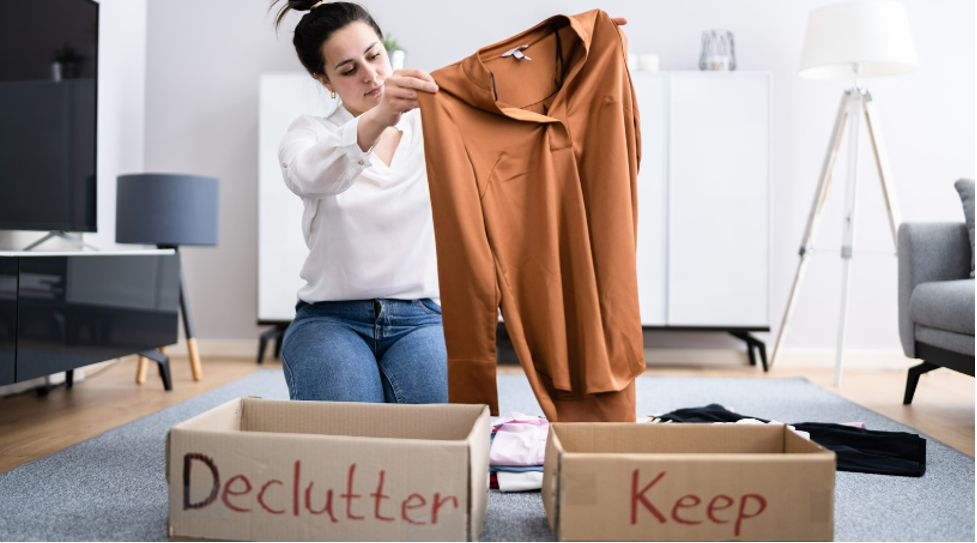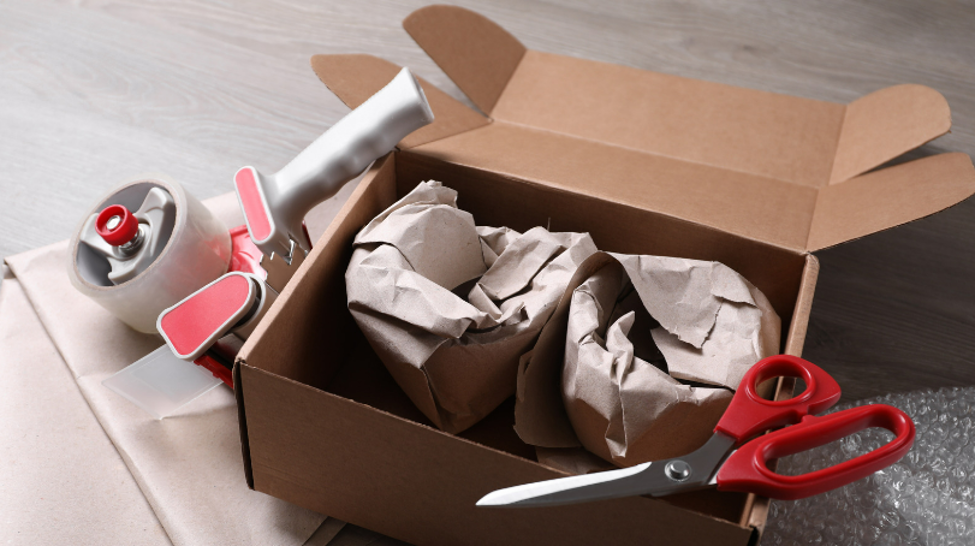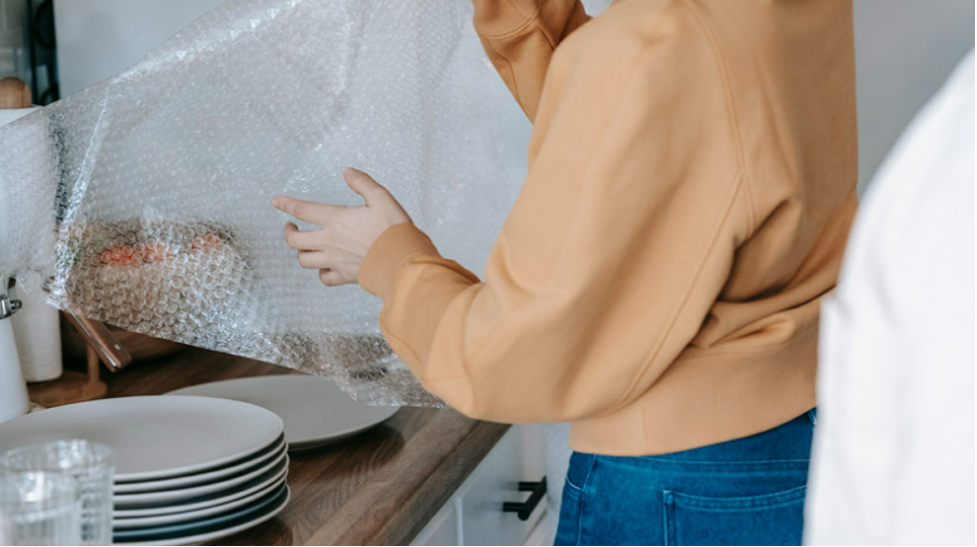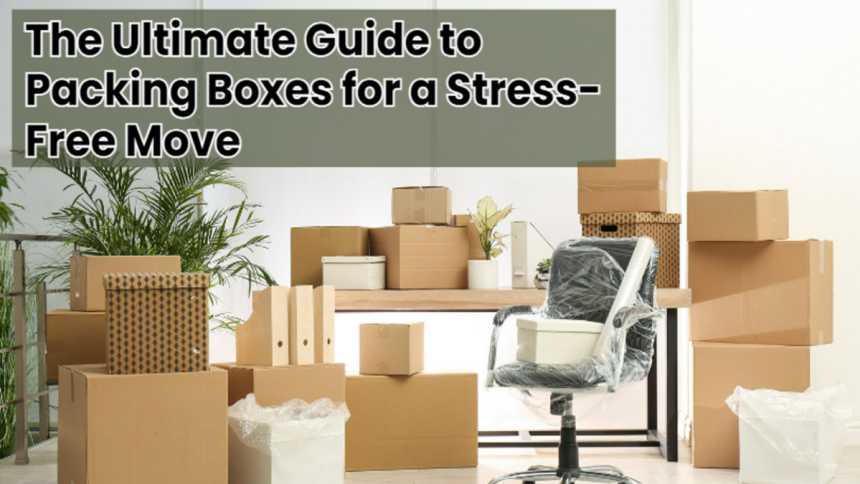Moving to a new home: is it fun like an adventure or could it be a challenge like a chore? Have you ever considered how it would feel to experience a surge of mixed emotions, including anxiety when packing all your belongings and starting fresh?
Regardless of whether they are moving from one city block to another or from one state to another, the prospect or process of moving can cause a myriad of feelings. What steps can be taken to implement these changes without causing significant stress to those involved?
This guide provides useful information and clear instructions on how to properly pack your boxes, ensuring you’re prepared for your move.
Planning and Preparation
Before you begin packing, it’s crucial to have a clear plan in place:
Create a Moving Checklist
Write down all the activities you need to do before you move particularly packing, hiring a moving company, updating the address, and arranging for the utilities to be transferred.
Gather Packing Supplies
Gather cardboard boxes of different sizes, clear wide packaging tape, bubble wrap, newspaper, markers for labeling, and any other special packing containers you’ll need for delicate items or fabrics.
Declutter

Use the time effectively to sort your stocks and items and organize what to retain, donate, and dispose of. Minimizing clutter means fewer belongings need to be packed and unpacked, resulting in faster and more streamlined packing and unpacking.
Organizing and Categorizing Items
Organize your belongings into categories to streamline the packing process:
Room-by-Room Packing
Begin with one room to avoid clutter as you pack. It may be important to label packing boxes in a precise manner concerning the room. Each box should be carefully organized, and a simple, concise list of items should be placed inside.
Pack Seasonal and Infrequently Used Items First
Start with things that you won’t require before the move, for instance, clothes that you can wear during the cold season, books, and other items that are for embellishment.
Sort by Fragility and Size
Sort the flute delicately disposing of delicate material that may require particular caution throughout the shipping and delivery approach. This can be explained by packing heavier appliances in smaller containers and lighter ones in larger containers, reducing the effort needed to lift them.
Packing Techniques
Use efficient packing techniques to maximize space and protect your belongings:
Wrap Fragile Items

Blankets, bubble wraps, newspapers, plain paper, or even clothes if needed can be used to pack fragile items such as glasses, plates, and electronics.
Fill Empty Spaces
Use packing paper or bubble wrap to adjust items in custom boxes to prevent to from moving during transportation. This helps preserve the quality of your belongings by protecting them from the external environment.
Label Boxes Clearly
This entails that appropriate labels should be written on every box to indicate its contents and the room it is to occupy. It may be more helpful if people attending the meetings assign different colors on their labels or use their markers.
Packing Miscellaneous Goods
Each category of items requires specific packing techniques to ensure their safety:
Clothing
The cloth should be packed tightly in hard cardboard boxes or better still in large suitcases. Make sure to utilize wardrobe boxes when unpacking your clothes to avoid folding them or laying them flat and thus reduce the formation of creases.
Books
Don’t let the cheap custom shipping boxes containing the books get too full because that will just make it very difficult to move. Arrange these items on the pallets and use the packing paper to fill any gaps to reduce the chances of shifting.
Kitchenware

Individualize dishes and glasses and pack them individually in packing paper or bubble wrap. Try to stack plates vertically since it can be quite dangerous to have to drop the plate to serve the meal.
Electronics
Every possible effort should be made to pack products in their original boxes. In any other scenario, the electronic products should be wrapped in bubble wrap and placed in corresponding or adequately protected cardboard boxes.
Essential Packing Tips
Consider these additional tips to make your packing process more efficient and organized:
Create an Essentials Box
Bring a box that you’ll need once you arrive; things like a toothbrush, shaving gel, a spare set of clothing, and other basic kitchen things.
Pack Room by Room
It is recommended to pack similar items in the same tray, keeping things from the same room in one place. It makes it easier to unpack and there is confidence that everything will be arranged in its right order.
Label Boxes Clearly
Provide specific written information on the content and location of each box. This makes it easier for the movers or for yourself to put the different contents of the boxes in the right room in your new house.
Packaging and Moving Day Set Up
Prepare for moving day to ensure a smooth transition to your new home:
Coordinate with Movers

Some important conditions and aspects to discuss and agree on with movers when relocating include time of arrival, packing, and methods of payment.
Pack a First Night Box
Include bedding, toiletries, and any essential items you’ll need for the first night in your new home. Keep this box easily accessible.
Inspect Your Belongings
It is also important that, before the movers begin loading their truck, make sure you have checked all the moving boxes intending to make sure that each of them is correctly closed and tagged. When removing or storing your belongings, account for each item you have for insurance purposes.
Unpacking and Settling In
Once you arrive at your new home, follow these steps to unpack efficiently and settle in:
Prioritize Rooms
Start with the most essential areas first, such as the kitchen, bedrooms, and especially the master bedroom. This allows you to gradually settle in and unpack items essential for daily activities, making it easier to live comfortably over time.
Dispose of Packing Materials
Discard packaging material such as bubble wrappers and untidy moving boxes after use to prevent clutter. To enhance working space, tidiness, and environmental sustainability, this sets the environment free.
Take Your Time
The process of unpacking or moving may be a physically and mentally exhausting affair so pace yourself. Avoid trying to overhaul multiple rooms at once. Instead, tackle one section at a time and reward yourself afterward.
Moving Tips to Make Your Life Easier
Consider these final tips to minimize stress and maximize efficiency during your move:
| Stay Organized | Seek Help if Needed | Take Breaks |
| Have Copies of Essential Paperwork | Enlist Assistance from Friends, Relatives, or Professional Organizers | Schedule Regular Breaks |
| Keep Phone Numbers Handy | Seek Help with Packing, Unpacking, and Organizing | Stay Hydrated |
| Organize Receipts | Don’t Hesitate to Ask for Support | Rest and Recharge |
Conclusion
As you can see, moving does not have to be stressful at all. Applying considerable thinking, proper packing methods, and adequate care, it is possible to make the moving process comfortable and safe. With this comprehensive guide on packing boxes, you’ll be well-prepared to tackle moving day smoothly and confidently. Happy moving!
FAQs
- Why is staying organized important during a move?
Staying organized ensures that essential documents, contact information, and receipts are accessible throughout the moving process. This reduces stress and facilitates a smoother transition.
- When should I consider seeking help during a move?
It’s important to consider seeking help whenever tasks like packing, unpacking, and organizing become overwhelming. Enlisting assistance from friends, family, or professional organizers can streamline the process and reduce workload.
- How important are breaks during a move?
Taking breaks is crucial during a move to alleviate both physical and emotional stress. Regular breaks allow you to rest, hydrate, and recharge, maintaining your well-being and efficiency throughout the relocation process.
Lynn Martelli is an editor at Readability. She received her MFA in Creative Writing from Antioch University and has worked as an editor for over 10 years. Lynn has edited a wide variety of books, including fiction, non-fiction, memoirs, and more. In her free time, Lynn enjoys reading, writing, and spending time with her family and friends.















